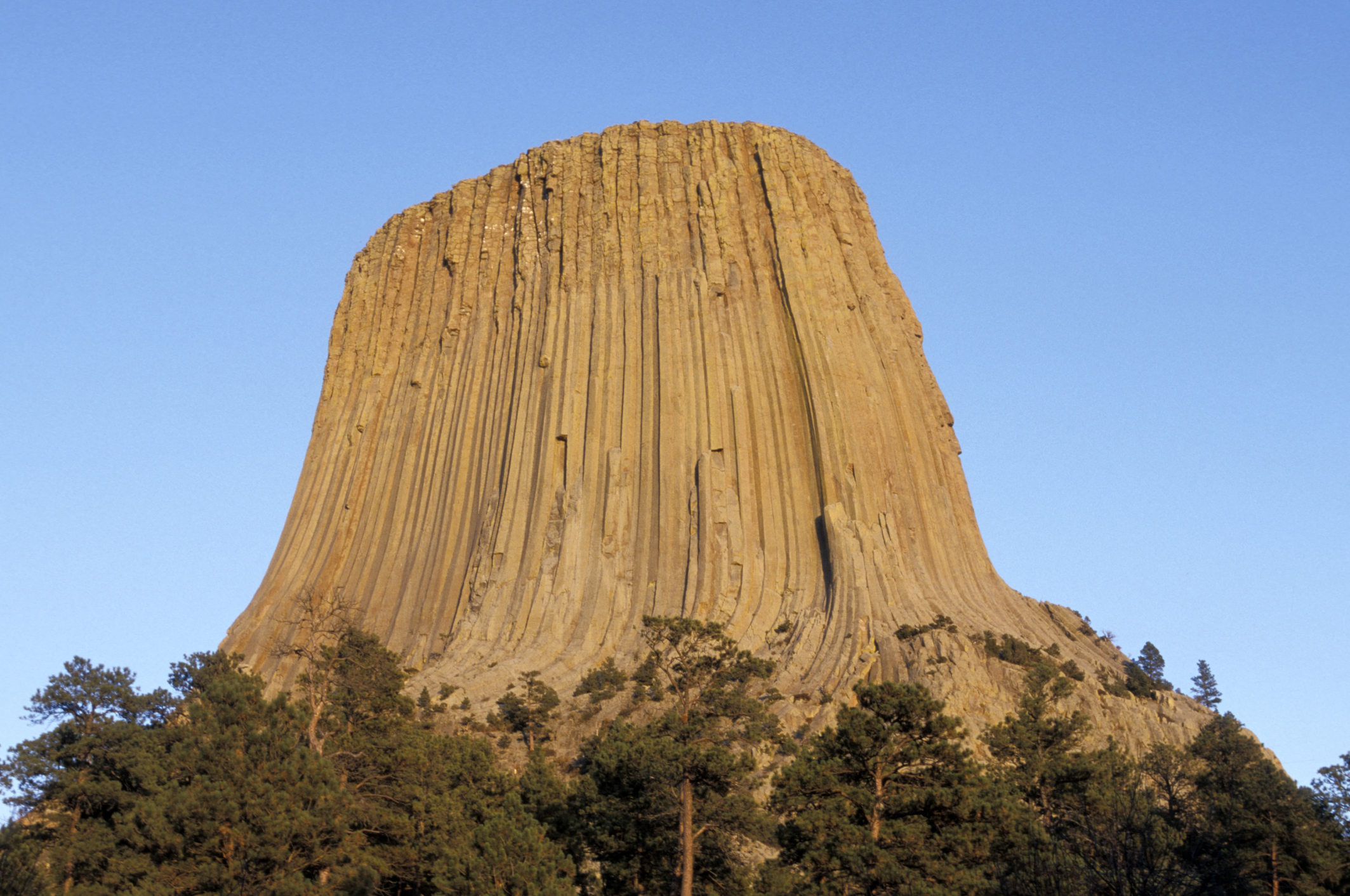
Amid recent controversy, Obama relies on Antiquities Act authority to designate new monuments in the Mojave Desert.
President Obama has reportedly protected more land than any other president, placing more than 260 million acres of public land and water under government protection. Following attempts from democratic legislators to protect even more land before the upcoming election, Obama has named three new monuments in the California desert while Republican legislators have targeted for repeal the federal law that confers this presidential power.
Obama’s action follows the efforts of Senator Diane Feinstein, who introduced legislation last year to designate certain parts of the California desert as national monuments. The legislation sought to build on the California Desert Protection Act of 1994, which created the Death Valley and Joshua Tree National Parks and the Mojave National Preserve.
Feinstein’s proposed bill, the California Desert Conservation and Recreation Act of 2015, specifically called for the addition of three national monuments—Mojave Trails, Sand to Snow, and Castle Mountains National Monument—totaling more than one million acres of land. The bill also contained provisions adding land to existing California parks and encouraging the development of renewable energy.
After announcing the bill, Feinstein stressed the importance of ensuring that “critical parts of the California desert—with its mountain vistas, bighorn sheep, mule deer, desert tortoises, Joshua trees, Native American petroglyphs, and much more—will be protected for all time.”
Despite some support, Feinstein’s bill failed to gain momentum in Congress. Still, Feinstein continued to push for its adoption. Late last year, she held a public comment meeting in the desert, where she expressed frustration at the lack of progress.
Following her failed efforts to pass the bill, Feinstein looked past the legislative process and formally requested that President Obama act unilaterally. She urged him to rely on his powers under the Antiquities Act, which authorizes the President to designate certain landmarks, structures, and other “objects of historic or scientific interest” for protection as national monuments.
“The current political climate is making it difficult to move any lands legislation through either body of the Congress,” Feinstein reportedly said. “My intention is to continue to push the bill, while simultaneously pushing a presidential designation.”
Earlier this month, Obama announced that he would heed Feinstein’s request, and named the three California landmarks as national monuments.
Feinstein’s bill came at a time when attempts have been made to limit presidential authority to use the Antiquities Act to protect land. Despite the celebrated position that certain National Monuments hold as landmarks in American culture, the Antiquities Act has been contested numerous times over the years.
President Theodore Roosevelt signed the Antiquities Act into law in 1906. He designated the nation’s first national monument—Devils Tower in Wyoming—that same year and named a total of 17 national monuments while in office.
Over the last century, presidents have added another hundred to the list. Obama alone has designated or expanded 16 monuments, including the Harriet Tubman Underground Railroad National Monument in Maryland and the César E. Chávez National Monument in California.
In 2013, Republican legislators introduced a bill in the House of Representatives seeking to mandate congressional review of any potential monuments and to limit the president’s declarations to once per four-year term. Although this bill passed in the House, it was never enacted.
Last year, Republican Senator Mike Lee introduced a bill that would amend the Antiquities Act to make presidential designations of national monuments temporary until approved by Congress.
Lee reportedly stated that “the president of the United States has no business seizing vast stretches of public land to be micromanaged—and mismanaged—by federal agencies, especially if the people who live, work, and depend on the land stand in opposition to such a takeover.” The Senate, however, voted Lee’s measure down.
Parties opposing Lee’s legislation approved the Senate’s move to quash the bill. David Von Seggern, Chair of a Nevada Sierra Club chapter, has reportedly argued that “it’s important that a president have this power because, when he does this, he’s speaking for all the American people that own these lands.”
Despite fierce opposition, Obama’s authority to designate monuments remains intact and supporters of his recent actions applaud his move towards conservation—especially Feinstein. The California Senator stated in a recent article that she was “full of pride and joy knowing that future generations will be able to explore these national monuments and that the land will be as pristine as it is today.”



